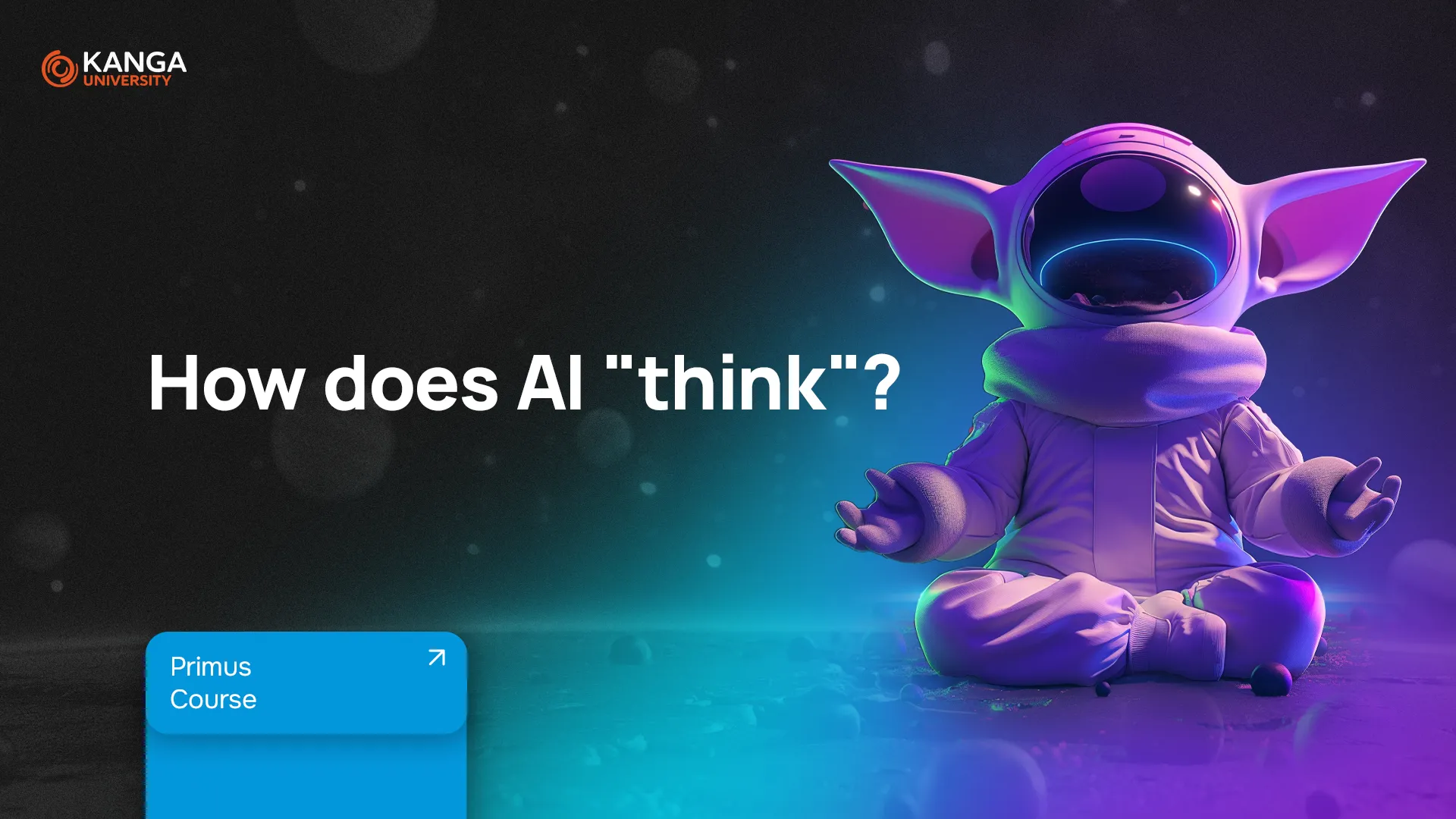
You already know that AI can create new content. But how exactly does it do it? In this lesson, we’ll explain that it’s not magic, but advanced technology based on mathematics and data analysis.
Step 1: Learning from Giant Datasets
The foundation of AI models is the process of machine learning. It involves “feeding” the algorithm a gigantic amount of data – for example, texts from almost the entire publicly available internet. The model analyzes this information, learning patterns, grammatical structures, styles, and the relationships between words and concepts.
Step 2: Tokens – The Building Blocks of Language
For an AI model, text is not a uniform string of characters. It is divided into smaller units called tokens.
A token is the basic element on which a language model operates. It can be a whole word, part of a word (e.g., a prefix), or even a single punctuation mark.
By dividing text into tokens, the model can more effectively analyze the structure of the language and the statistical relationships between its elements. You can think of them as building blocks that AI uses to learn how to construct correct and meaningful sentences.
Step 3: The Prediction Mechanism
At the very core of large language models (like GPT) lies an incredibly advanced mechanism for predicting the next token.
When you enter a command, the model analyzes the sequence of tokens and, based on the patterns it has learned, calculates which token is most likely to appear next. This process is repeated many times, token by token, resulting in the generation of the entire response. It’s like an extremely advanced autocomplete function that can build complex and coherent narratives.
The “Black Box” Problem
Although we understand the general principle of how AI models work, their internal decision-making processes are so complex that we are often unable to determine precisely why the model made one decision over another. It consists of billions of parameters that interact in a way that is impossible for a human to trace.
This phenomenon is called the “black box” problem. It’s a bit like human intuition – we know it works, but we can’t always describe the step-by-step thought process that led us to a particular conclusion. This lack of transparency is one of the biggest challenges in the further development of AI, especially in fields where justifying decisions is crucial (e.g., medicine, law).
Does AI Really “Understand” What It Writes?
This is a key question. Currently, generative models do not possess consciousness or true understanding in the human sense of the word. They are extremely advanced systems for recognizing and reproducing patterns. Their responses are based on statistics and probability, not on an authentic understanding of context or emotions.
Key Information to Remember:
- AI learns by analyzing huge datasets.
- Text is processed in the form of tokens.
- The main operating mechanism is predicting the next tokens in a sequence.
- The complexity of the models leads to the “black box” problem.
- AI models do not understand content but masterfully imitate human language.
Now that we understand the basics of how AI works, in the next lesson, we will learn how to communicate with it effectively to get the best results.